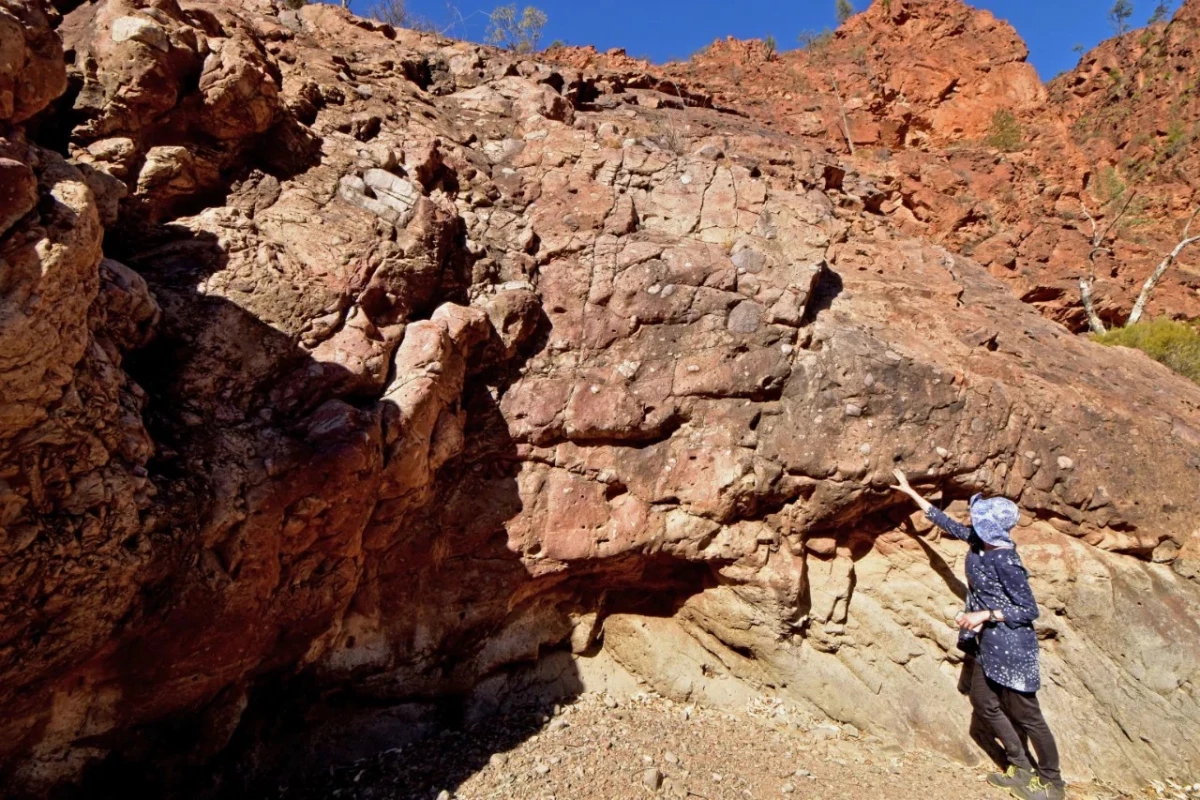Geologists have shed new light on Earth's built-in thermostat. They say shifting tectonic plates that slowed volcanic activity is likely what caused the extreme ice age that turned the planet into a giant snowball over 700 million years ago.
Atmospheric carbon dioxide has gotten a lot of attention in the last few decades. It is one of the most prevalent greenhouse gas in our atmosphere, and its man-made production has contributed to a serious and relatively rapid spike in global temperatures.
While an overabundance of CO2 in our atmosphere today is helping heat the planet, geologists now believe that a lack of the gas millions of years ago had the opposite effect. Writing the journal Geology, a team of scientists from the University of Sydney and the University of Adelaide describes a time on the planet, about 700 million years ago, when the ancient supercontinent Rodina began to pull apart. As it did so, it created new ocean crust, which helped limit the CO2 degassing of underwater volcanoes.
Simultaneously, say the researchers, a large mass of volcanic silicate rocks that existed in modern day Canada began to get weatherbeaten, a process that helped suck even more CO2 out of the air.
The researchers believe these two processes reduced atmospheric CO2 levels to below 200 parts per million, which is half of today's values. This led to what has become known as Sturtian glaciation, an ice age that lasted for 57 million years in what is regarded as "the most extreme interval of icehouse climate in Earth’s history," according to the research paper.
Interestingly, about a decade ago, another set of scientists also believed that the Sturtian glaciation was formed by volcanic activity, In that case though, Harvard researchers felt the cooling had more to do with the release of aerosols that shot into the air from volcanoes rather than from a lack of volcanic activity.
Double whammy
Adding credence to the theory is that, as the study’s lead author, ARC Future Fellow Dr Adriana Dutkiewicz, points out, that "there were no multicellular animals or land plants on Earth" when this ice age started, so the only processes that could have affected atmospheric carbon levels were geologic.
"Geology ruled climate at this time," said study co-author Dietmar Müller from the University of Sydney. "We think the Sturtian ice age kicked in due to a double whammy: a plate tectonic reorganization brought volcanic degassing to a minimum, while simultaneously a continental volcanic province in Canada started eroding away, consuming atmospheric CO2."
The geologists say that their findings might offer a way to look at Earth's future temperature changes. A current increase in continental collisions is once again slowing CO2 emissions from volcanic sources, which could eventually swing the planet back toward another ice age. However, such a trend would take millions of years to be realized, which is a completely different time scale currently being witnessed from the impact of human activity on the climate.
“Whatever the future holds, it is important to note that geological climate change, of the type studied here, happens extremely slowly," said study lead author Adriana Dutkiewicz from the University of Sydney. "According to NASA, human-induced climate change is happening at a pace 10 times faster than we have seen before.”
Source: University of Sydney





